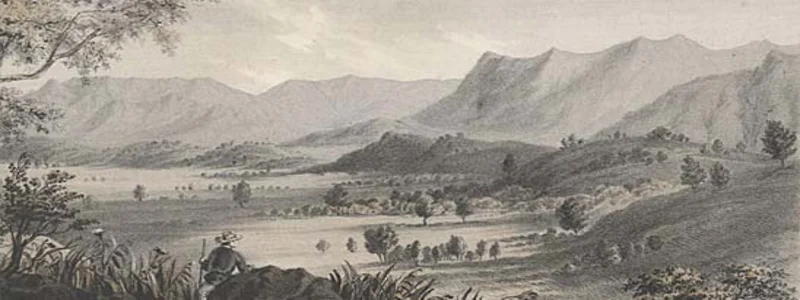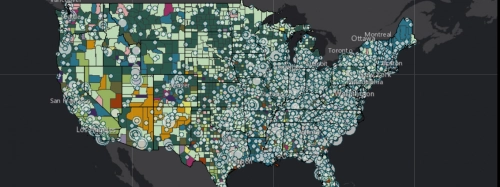Corpus based methods for nonverbal communication

The following was prepared for: Research methods in Linguistics: Multidisciplinary approaches. University of Madeira, Portugal
In the Lebenswelt of everyday communication, it is the combination of fluid verbal and nonverbal semiosis that creates meaning. While many insights can be gained from textual discourse analysis, the nuances and richness of human communication comes to the fore when it is an integrated whole that includes nonverbals. If phenomenological experience doesn’t lead one to this conclusion, it is also supported by quantitative studies suggesting two-thirds of human communication is nonverbal (Burgoon et al., 2016).



